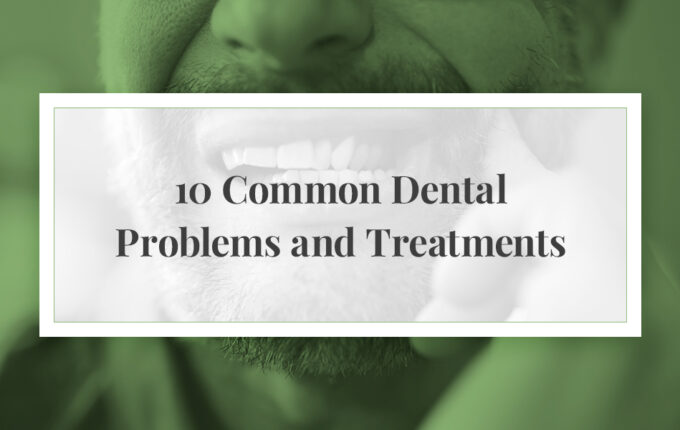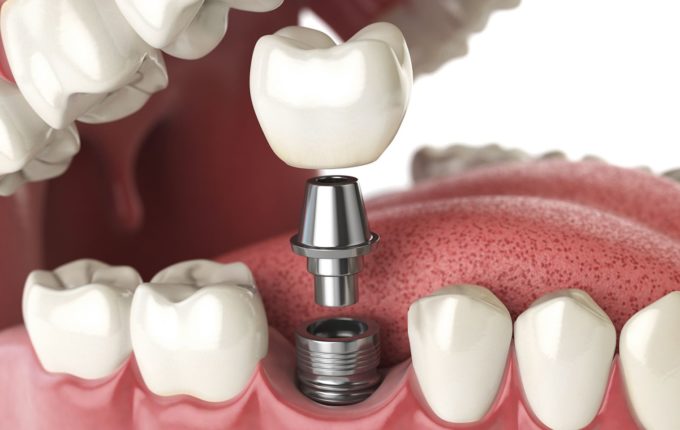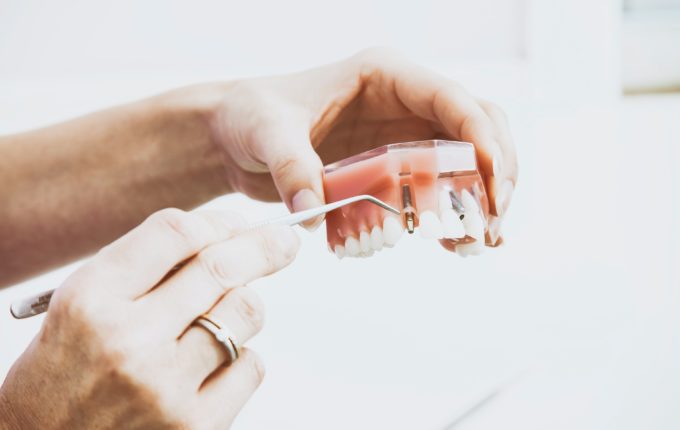Reasons You Might Need Inlays and Onlays for Your Teeth

Modern dentistry is cosmetic dentistry. The age of metal restorations has faded away. In our office, the standard of care is the “white” restoration that blends perfectly with your tooth shade. There are a variety of options that we can select. It is important to note that one is not better than the other. It depends on the severity of the defect in the tooth.
Types of cosmetic restorations
- Resin fillings: These are tooth-colored restorations designed to fill small to medium defects in a tooth. These defects can occur from decay, fractures, and staining. Resins are made of composite (fiber reinforced polymer) which is an insoluble, tooth-colored material that can be bonded to the tooth. We use them when the defect is surrounded by the original tooth. Basically, we are filling a “hole”. These restorations are done in one day and are relatively inexpensive. If more of the tooth is missing we must use a stronger material.
- Porcelain crowns: These are beautiful white restorations composed of porcelain (Emax on front teeth, Zirconia on back teeth). Crowns cover the entire teeth, 360 degrees. We use crowns when a tooth is very broken down, following Root Canal Therapy, or if there is a missing tooth and we want to join the crowns together with a false tooth (pontic) to form a fixed bridge.
- Implants: When teeth are missing we place a titanium “root” into the jaw bone. After the implant bonds with the bone (osseointegration) we are able to place an abutment (post) and then a porcelain crown, thus restoring a missing tooth into a functioning member of the arch.
Inlays and Onlays
Inlays: these are cosmetic porcelain restorations that replace defects in our teeth. They are made in our laboratory by our Master Technician. If the pathology (decay, fracture) is such that a large part of the center of the tooth is missing (not involving the cusps) along with the side of the tooth that abuts its neighboring tooth, the inlay is the ideal restoration.
Onlays: these are cosmetic porcelain restorations that replace very large defects in the tooth. They are made in our laboratory (in our office) by our Master Technician. If the defect is so large that it involves not only the center of the tooth, its sides, and now the CUSPS of the teeth; the onlay is the very best restoration for this problem.
These restorations remind me of a jigsaw puzzle. Imagine inserting the very last piece into the last space that completes the beautiful picture. That is what an inlay and onlay do with your prepared tooth, it becomes a completed masterpiece.
Inlays and onlays are siblings. They are very similar restorations in terms of materials, function and work done by the dentist. The difference is that the onlay is a bigger, more expansive restoration that covers the cusps. So one is not better than the other. It is up to the expertise of the dentist to determine when and where each restoration should be used.
Advantages of Inlays and Onlays
- The defect involves functioning sides and or cusps of the tooth, resin filling not strong enough to restore; only porcelain will be adequate
- More conservative than a crown. All healthy tooth structure is maintained. We prepare the part of the tooth that is broken, the rest of the tooth is left untouched. When we construct a crown the entire tooth is prepared (we must gently grind all remaining tooth structure).
- There is less foreign material (porcelain) for the gum to adapt to. As we are maintaining as much of the original tooth structure as possible.
- These are cosmetic restorations (that replace old silver, amalgam fillings) thus they bring a natural “white” to your smile. They are extremely esthetic and match the color of the remaining tooth so well that they appear to be invisible.
- They are extremely strong. Old silver fillings weaken the tooth by 50%. They expand and contract due to changes in temperature in our mouths. This leads to cracking and recurrent decay. Inlays and Onlays are “bonded” into the tooth thus making the tooth 75% stronger than it was. Anterior inlays and onlays are composed of EMAX porcelain which is extremely esthetic and life-like. Posterior restorations are composed of Zirconia porcelain which is extremely hard and resistant to traumatic forces.
- They are the safest restoration because they are more conservative than a crown and much stronger than a composite filling. We do not have to worry about expansion and contraction. They are durable, long-lasting; they don’t invade the biological width (space where the gum meets the tooth). There is less preparation of the tooth (drilling) than for a crown; although it takes a dentist with a higher skill set to do these restorations properly. At 209 NYC Dental, the porcelain inlay and onlay are our favorite “go-to” restorations. We are incredibly experienced and adept in placing these conservative, beautiful, and highly functional restorations.
- Financially, depending upon how many surfaces of the tooth are being restored, onlays and inlays may be less expensive than the full porcelain crown.
Book an Appointment with 209 NYC Dental
At 209 NYC Dental, our restorative dentists (general dentists) are cosmetic dentists. We train and work hard to restore our patient’s dentition (smile) to a beautiful, balanced and functional condition. Inlays and onlays are just some of the amazing options that we use to restore your teeth esthetically. Please make an appointment, we are anxious to see you. Consultations are complimentary. Call us today at 212-355-2290.
 Our History
Our History
 Our Providers
Our Providers
 About Us
About Us
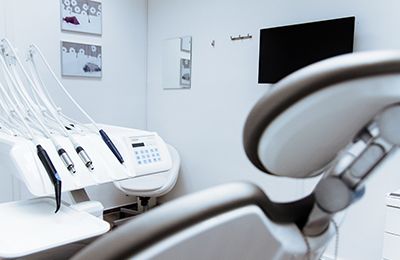 Blog
Blog
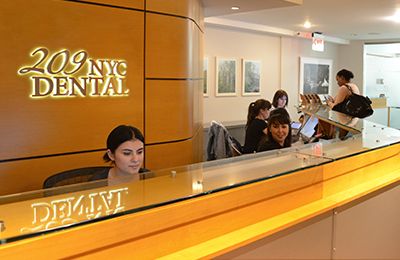 Contact us
Contact us
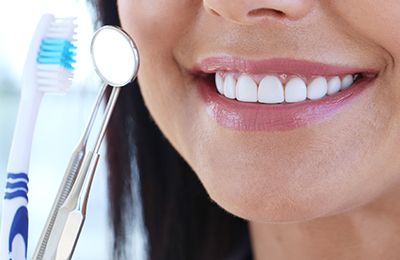 Diagnostic & Preventive
Diagnostic & Preventive
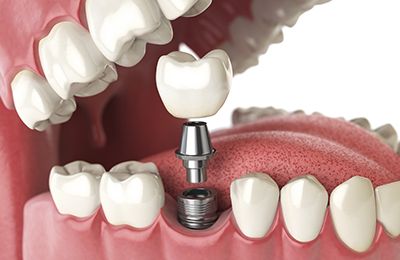 Implant Dentistry
Implant Dentistry
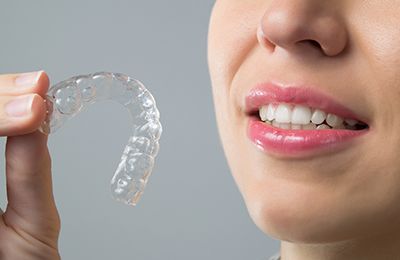 Clear Braces - Invisalign
Clear Braces - Invisalign
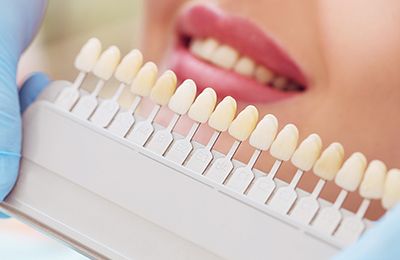 Cosmetic Dentistry
Cosmetic Dentistry
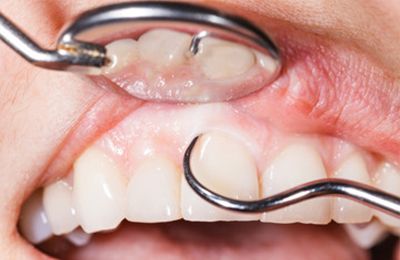 Periodontics
Periodontics
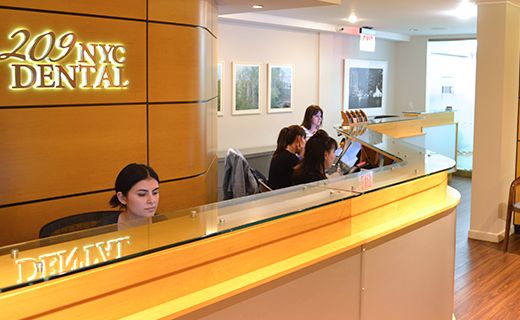 Patient Forms
Patient Forms
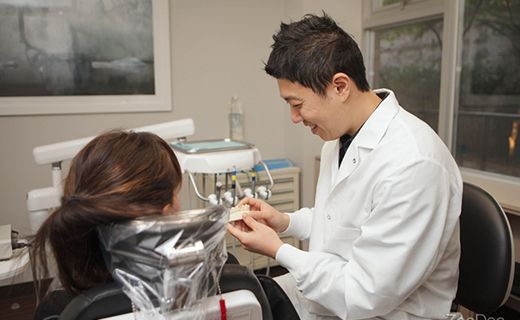 Payment Information
Payment Information
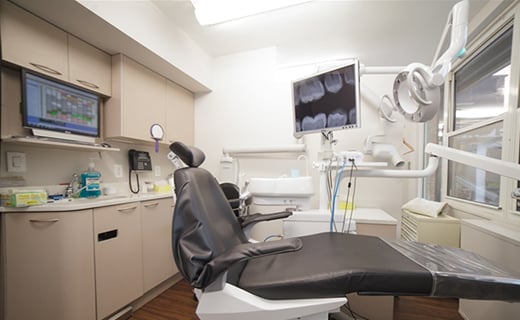 Insurance Options
Insurance Options
 CareCredit Dental
CareCredit Dental
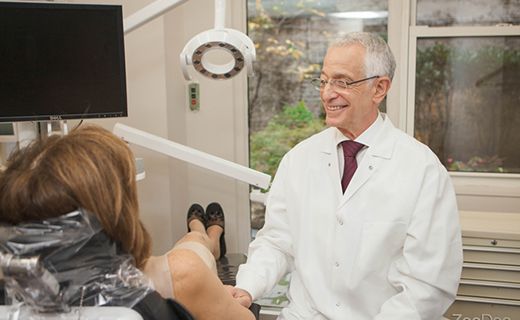 Appointment Policy
Appointment Policy
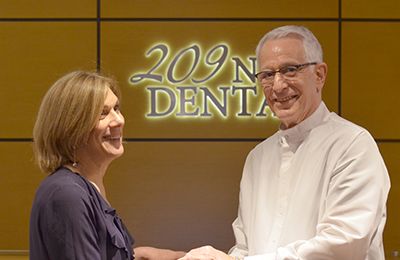 Free Consultation
Free Consultation
 Complimentary Teeth Whitening
Complimentary Teeth Whitening
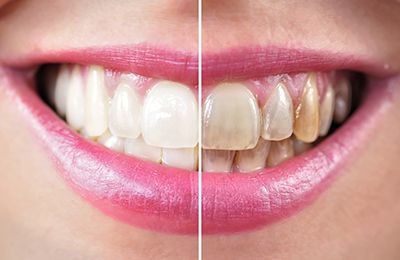 Teeth Whitening
Teeth Whitening
